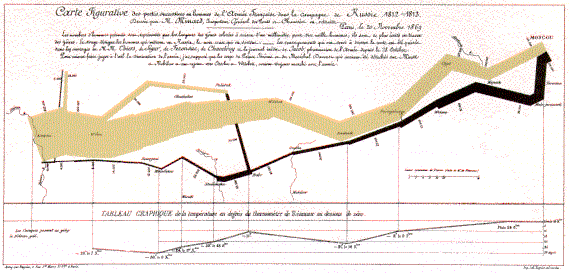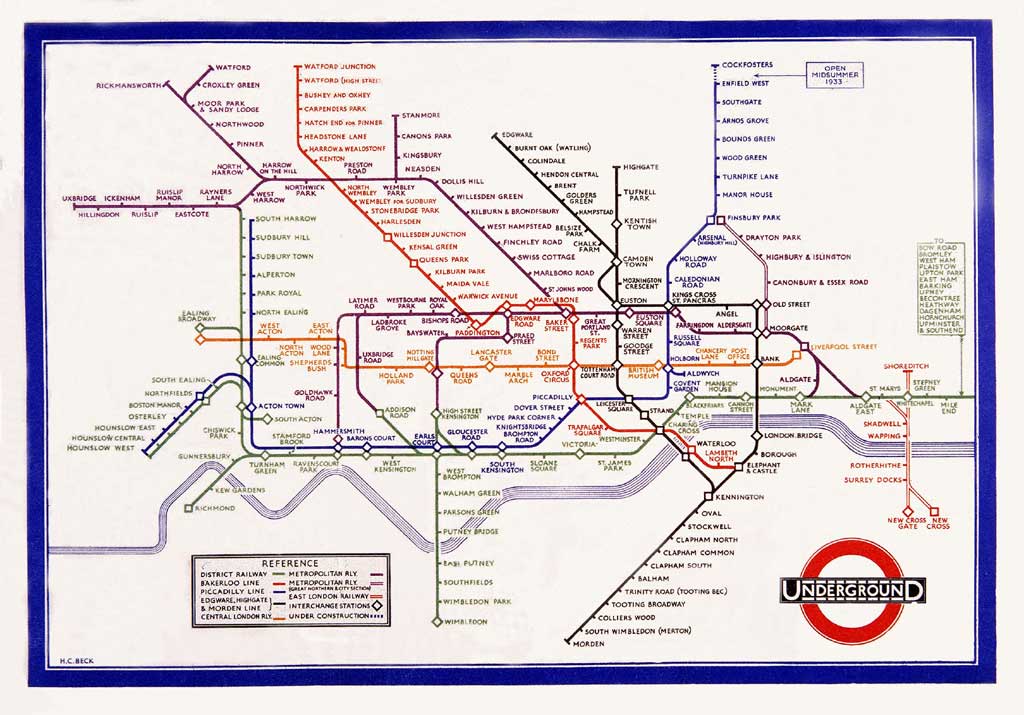
|

|

| "...because a picture is worth a thousand words" |
Information visualization is an area of computer science concerned with helping users understand data through visual representations. Visualization is a powerful technique: it is possible to pack large quantities of information into a manageable size, and people are generally quite good at detecting patterns, relationships, and anomalies visually.
This course will be organized around the theme of discovery and communication of interesting patterns and relationships in data. Topics include the principles and practices of effective visual communication, techniques for exploration and discovery, and a consideration of the societal impacts and ethics of employing this technology.
http://math.hws.edu/~bridgeman/courses/371/s10/
You are expected to regularly consult the course web page for announcements, assignments, and most handouts.
The following books are on reserve at the library:
- The Visual Display of Quantitative Information, Edward R. Tufte
- Envisioning Information, Edward R. Tufte
- Visual Explanations, Edward R. Tufte
Additional material will be handed out or posted on the course webpage. You do not need to purchase any books for this course.
C- in CPSC 225, or instructor permission
This course, like the other 300- and 400-level computer science courses, explores a particular topic in computer science. The roots of visualization, however, are far-flung - including computer graphics, human-computer interaction, cognitive psychology, semiotics, graphic design, cartography, art, algorithms, and statistics.
The rationale for this course is straightforward: data is all around us. It is being produced in ever-larger quantities - scientific data sets, medical data sets, customer buying habits, websurfing habits, credit histories, census data, ...the list goes on. In order for all this data to be useful, it needs to be examined - for patterns, relationships, anomalies, or anything else that might be interesting. Creating useful visualizations requires knowledge of fundamental graphical principles; creating useful visualizations of large, complex, and dynamic data also requires the ability to develop algorithms and software to create the visualizations and to help the user navigate through all of the complexity to find the interesting parts.
A selection of NY Times content from the last 12 months illustrates some of the many applications of visualization: (you'll probably need to create a free account to access the stories)
- Visualizations: The Art of Times APIs
- Crunching the Data for the Tree of Life
- A Day in the Life of NYTimes.com
- Tracking Cyberspies Through the Web Wilderness
- Visualizing Climate Change and Its Science
- Wanted: 'Cyber Ninjas'
- How New Buicks Took Shape in China
- Updates on Warm Seas and Arctic Ice
- Drawing Movement's Connections
- London Portrays Past and Future of Digital Art
- Bringing Efficiency to the Infrastructure
- Digital Tools to Sift Through WikiLeaks' 9/11 Messages
- What technology has taught us at dizzying speed
- Social Media Overload Allows Web Apps to Shine
- A Virtual Voyage Through the Brain of a Mouse
- GPS Systems Offers 3-D Without the Glasses
- Six Degree of Climate Separation
- Green Shoots?: Bernanke '08 vs Bernanke '09
- State-by-State Drug Use (Or, Rhode Island Needs More Rehab)
This course has three primary aims:
-
developing graphicacy: an understanding of the basic principles and building blocks of visualization to be able to interpret and create meaningful graphics
-
surveying visualization techniques, to build a toolbox which can be used in practical situations, and
-
fostering critical thinking about thae effectiveness of a visualization, the truthfulness of the conclusions drawn from a result, and the social and ethical considerations behind the responsible use of technology.
There will be three main components to the course: fundamentals of visual communication, tools and techniques, and the social and ethical considerations of the technology.
Fundamentals of Visual Communication: The first part of the course will focus on the principles and practices of effective visual communication, including aspects of human perception and cognition, the basic building blocks of visual representations, graphical integrity, and graphical excellence. These principles will provide a foundation for creating graphics and for critiquing the effectiveness of particular techniques.
Tools and Techniques: The second part of the course will build up a toolbox of visualization techniques and related skills. Topics include spatial and temporal data, multivariate data, network data, getting data into a form suitable for visualization, animation, and interaction.
Social and Ethical Considerations: The visual exploration of data to discover patterns can raise concerns about privacy, legality, and ethics - while it also offers many potential benefits. The final part of the course will examine these issues.